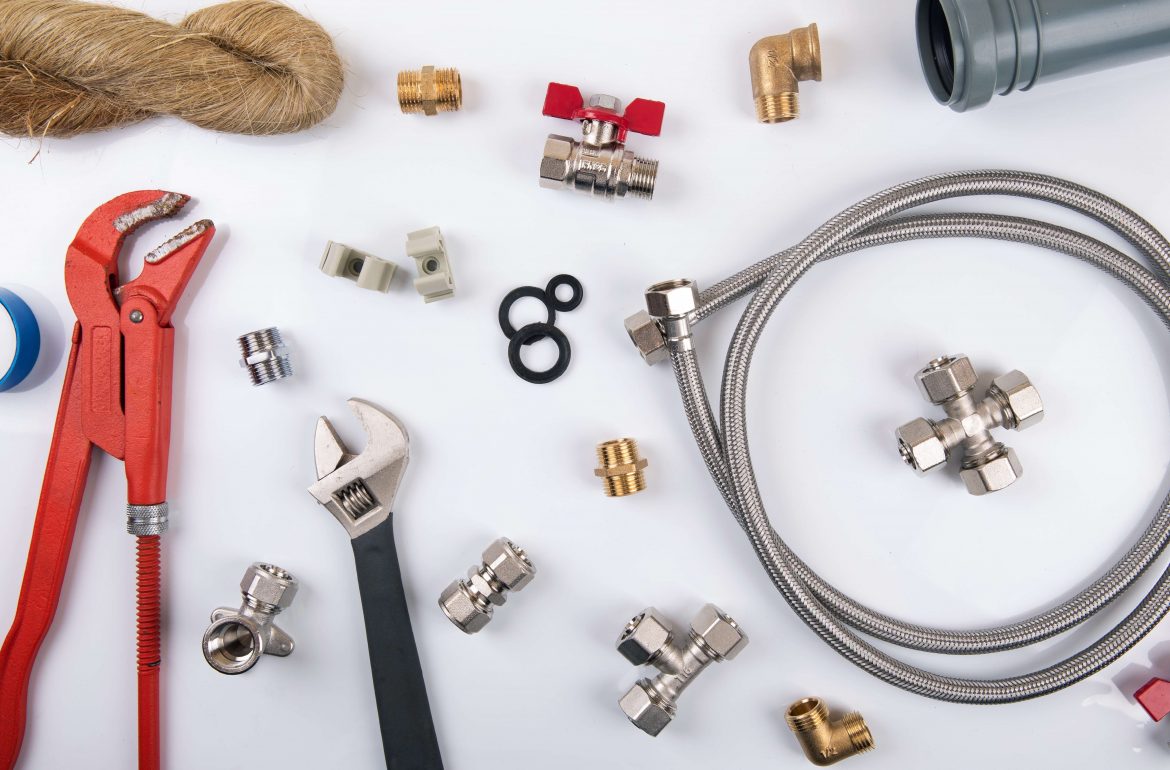Packets or Teflon - which solution will prove better? In plumbing, as in other trades, everyone praises their own solution. When it comes to sealing pipes and threads, there are two main schools of thought - the foremen who praise modern Teflon and other tapes, and those who rely on tried-and-tested methods - packets.
2 ways to seal pipes and threads
Poultice, either flax or hemp, is a cluster of short fibres with a length that usually does not exceed 30 cm. They have been used for decades as sealants for pipes and threads. Our grandparents, and perhaps even our great-grandparents, were certainly familiar with these methods. Nowadays, newer alternatives are also available on the market in the form of special synthetic tapes and Teflon sealing pastes. These will work well for special applications (gas sealing, sealing very high-temperature pipes), but also as a more modern replacement for tarpaulins. You can read about other ways of sealing pipes in the separate article.
Poultice or Teflon ? - advantages, disadvantages and use
Even minor leaks in the pipes lead to very unpleasant consequences. It is therefore essential to seal them properly. How should this be approached?
The first way would be to use the tried-and-tested flax or hemp tarpaulins. These materials came to hydraulics straight from the shipbuilding industry. Due to their very high resistance and durability, good quality pitch will provide the right seal for many pipe connections. It is a commonly used solution for sealing bathroom pipes, but also gas and other pipes.
The disadvantage of natural fibres is that they cannot be used when the joint in question is exposed to very high temperatures or pressure. Slightly better performance in terms of heat and pressure resistance is characterised by teflon tapes. For this reason, they are often used to seal gas pipes.
How do you thread packets and how do you seal the pipe?
It should be noted at the outset that sealing threads and pipes with packing material in the vast majority of cases also requires a binder - the right sealing paste. Rarely is packing material alone or - more often - a good tape sufficient, but let's assume that you are dealing with a pipe that requires the best possible protection. We recommend following the following instructions:
- To begin with, it is a good idea to lightly scrape the surface with a blade to improve grip.
- Then you have to apply thread sealing paste, pipe or muff.
- The next step is to tightly wrap the packets to the stop after about two and a half turns (do not regret the raw material).
- It's time to screw everything together and test the tightness of the installation.
Canvas or Teflon would be a better option?
Sealing tapes can be better in many ways. First of all, you only need to buy one product. As we have said, in most cases, the use of packing tapes means at the same time that it is not necessary to use a sealing pastes - for threadsgaskets and pipes. By using tape, there is no need for additional pastes.
The second aspect relates to the durability of the joint. In some circumstances, a higher sealant strength is required. Good examples would be sealants:
- fireplace,
- engine or other vehicle systems,
- plumbing pipes with high barometric pressure.
Teflon tapes find great use in the above situations and plumbers often choose them. The thermal resistance of high-quality Teflon tapes can reach up to 150℃ and the pressure resistance up to 200 bar. Of course, the final choice depends on the characteristics of the object or joint needing sealing.
